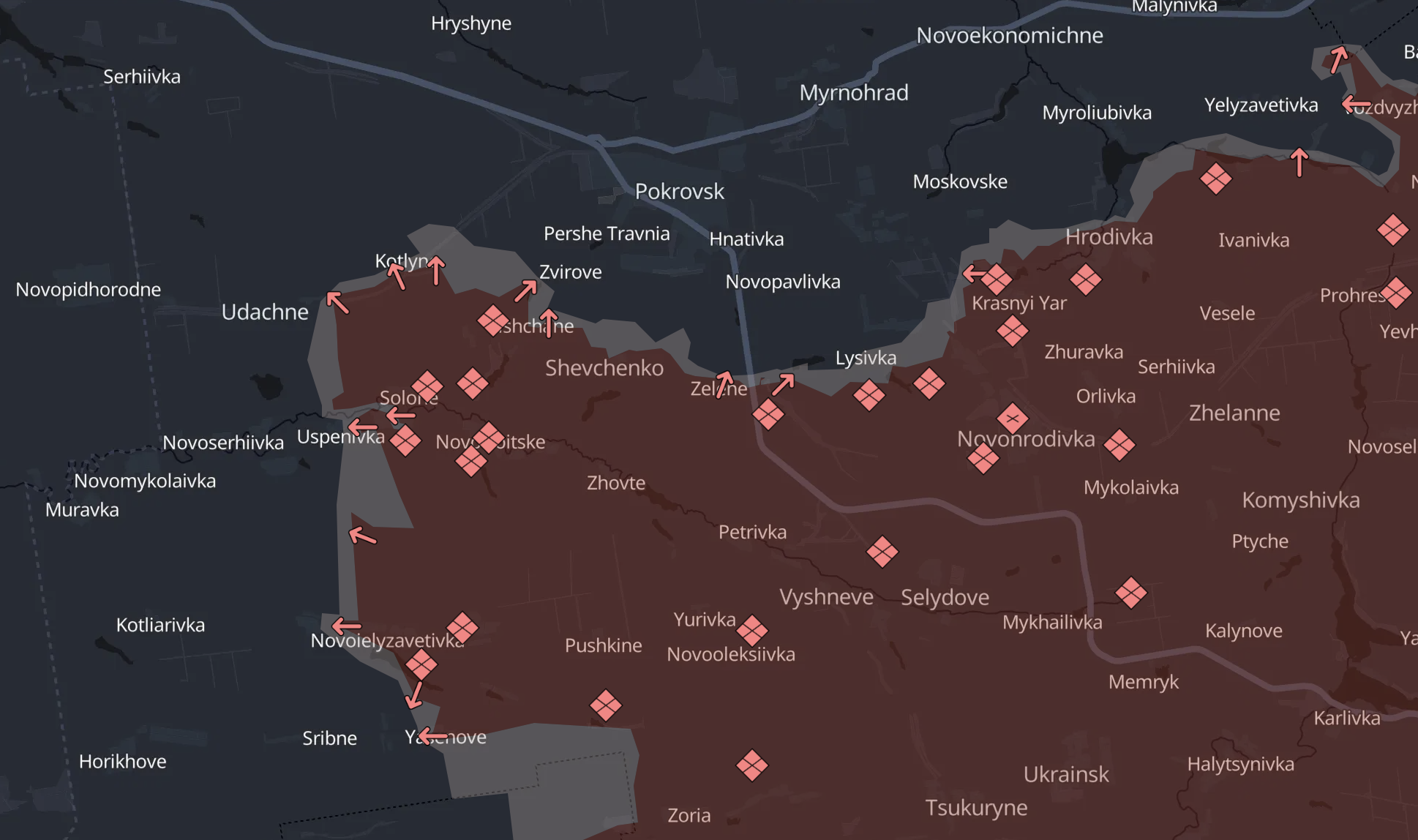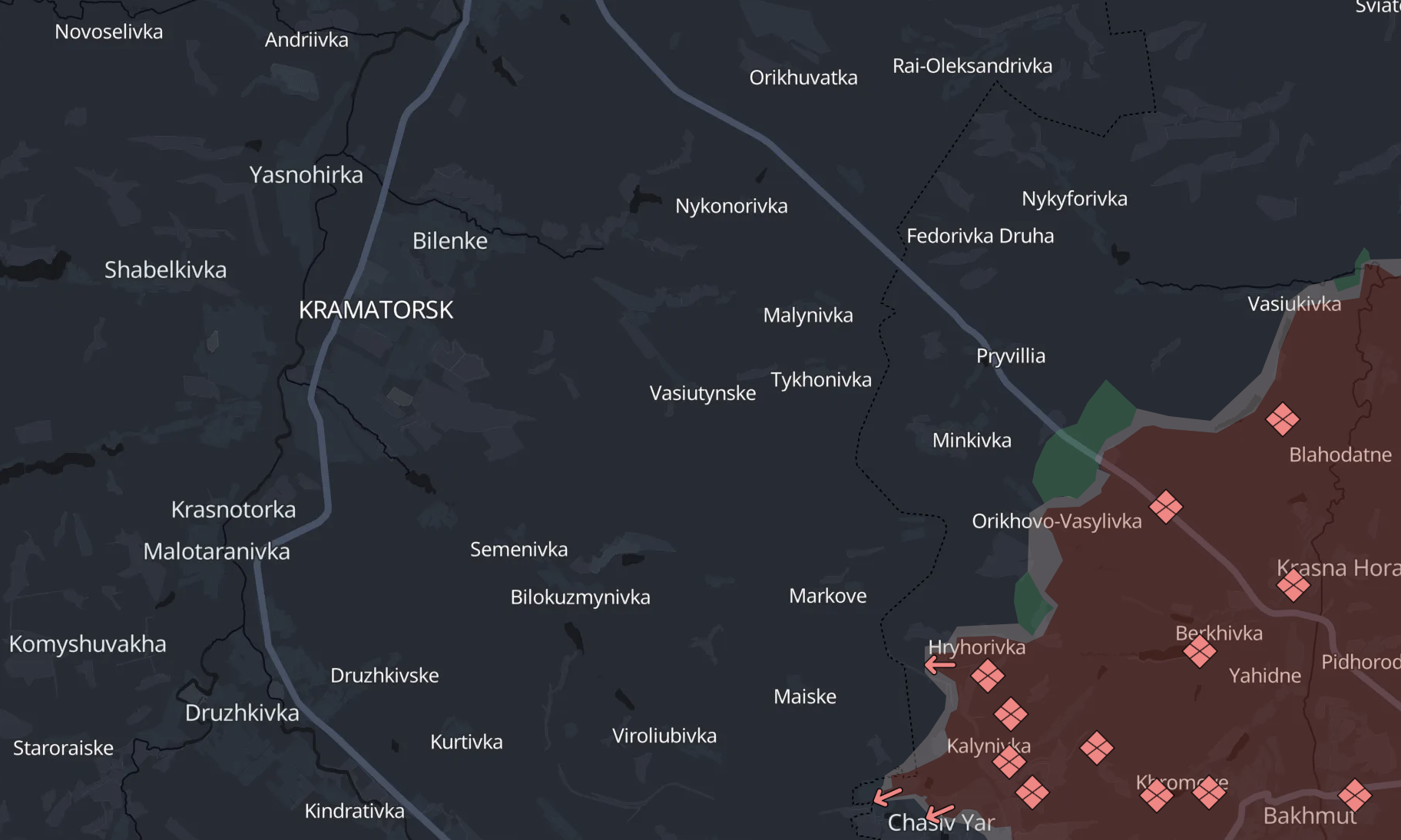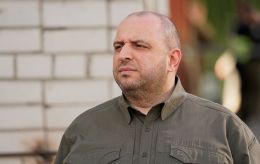Can Ukraine stabilize the frontline soon, and what lies ahead in the war?
 Ukrainian military continues defensive operation (photo: GettyImages)
Ukrainian military continues defensive operation (photo: GettyImages)
Since the beginning of the year, Russia has intensified its offensives on several fronts. Currently, its priority is the battle for Pokrovsk and the expulsion of Ukrainian forces from the Kursk region. Can Ukraine's Defense Forces stop the enemy’s advance and stabilize the front?
Contents
President Volodymyr Zelenskyy stated at the beginning of the year that the goal of Ukraine's Defense Forces in January is to stabilize the front. According to Zelenskyy, this is possible through the training of new soldiers and the arrival of new weapons.
Donald Trump's team also discusses stabilizing the front. Mike Waltz, whom the elected US President plans to appoint as his national security adviser, calls it a necessary condition for a peace agreement with Russia.
However, Ukrainian troops are currently able to hold back the invaders only on specific sections of the front, while the Russian army is advancing on eight front sectors simultaneously and preparing for the main battle of the coming months.
Russia has intensified assaults and attacks
The fall of Vuhledar in October last year significantly worsened the position of Ukrainian troops across the entire southern Donetsk region. One of the enemy's groupings moved north from Vuhledar to help capture Kurakhove, while another turned west to advance on Velyka Novosilka.
In December, the Russians approached Velyka Novosilka from the north and east. At the beginning of this year, the enemy likely reached the city's southern outskirts, capturing the village of Neskuchne.
Recently, Russian forces completed the capture of Kurakhove. Now, Ukrainian units maintain control over a small territory in the area of the settlement Dachne, located west of Kurakhove. However, it is highly likely that in the near future, Ukrainian troops will have to withdraw from there to Kostiantynopol due to the risk of encirclement.
As previously predicted by RBC-Ukraine, capturing Kurakhove allowed the Russians to shift their focus to Pokrovsk. Their goal is to create an operational encirclement around the settlement.
 Russian offensive on Pokrovsk (map: DeepState)
Russian offensive on Pokrovsk (map: DeepState)
The timing of the battle for Pokrovsk depends not so much on the Russians as on the resilience of Ukrainian forces on this front. Many had predicted the loss of this city by the end of September, but the invaders are still at least four kilometers away from it. Clearly, the Pokrovsk area will become the epicenter of fighting in the coming months.
To the city's south, the invaders have cut off the road to Mezhova, one of the two roads connecting Pokrovsk with the Dnipropetrovsk region. In addition, the enemy seems to be planning to cut the second road, which leads to Pavlohrad, and approach Pokrovsk from the west.
At the beginning of the year, Russian forces also intensified its right flank on the Pokrovsk front, where they began to break through towards the T0504 road (Pokrovsk - Kostiantynivka) near Vozdvyzhenka. According to media resources, one Russian sabotage and reconnaissance group recently managed to reach this road but was destroyed. Although the T0504 is no longer used to supply Pokrovsk, physical control of this road would open the way for the invaders to the city's northeastern outskirts.
Reaching this road creates risks for another key defensive node for the Ukrainian forces in Donbas - Kostiantynivka. This settlement, in turn, stands on the enemy's path to the Sloviansk-Kramatorsk agglomeration. Battles for Toretsk, Chasiv Yar, Kupiansk, and Lyman are all part of this plan - creating conditions for the occupation of Sloviansk and Kramatorsk.
The situation has significantly worsened in recent weeks in both Toretsk and Chasiv Yar. The Russians have captured most of the Toretsk agglomeration's territory. In the city itself, Ukrainian units continue to hold the defense on several spoil heaps. In the event of the complete occupation of Toretsk, the enemy will be able to advance both towards Kostiantynivka and north towards Chasiv Yar.
In recent weeks, the Russians have captured the North micro-district and advanced into the area of the fire-resistant factory. Ukrainian forces maintain control over the central and southern parts of the settlement.
On the Kupiansk front, the enemy army continues to advance across a wide front towards the Oskil River. The enemy has managed to establish a foothold on the right bank of the river, from where, along with its "left-bank" grouping, it plans to advance on Kupiansk. More success has been achieved further south, near the Zherebets River, where the enemy breached our defense in the Ivanivka area and reached the western bank of this river.
 Sloviansk-Kramatorsk agglomeration (map: DeepState)
Sloviansk-Kramatorsk agglomeration (map: DeepState)
The enemy's further goals here are the advance on Terny, Torske, and Lyman. The broader plan is to establish, along with the "Kupiansk" grouping, control over the entire northern bank of the Siverskyi Donets River, starting from where the Oskil River flows into it. From there, they plan to move towards Sloviansk. At present, this does not seem to pose a threat in the near future.
Situation in Kursk region and what comes next
In the Kursk region, the Russian army has also begun the fourth phase of its offensive to push Ukrainian forces out. This phase has proven more successful for them than all previous attempts, not least because of the participation of North Korean soldiers. The enemy's forces are pressing on our bridgehead almost along the entire perimeter of the Kursk front. In recent weeks, the Russians managed to regain control of Novoivanivka and approach Makhnivka, which is just 2 kilometers east of Sudzha. All these actions aim to force the Ukrainian troops to shorten the front line, compressing this bridgehead.
In early January, Ukraine's Defense Forces also attempted a new offensive in the Kursk region, striking in the direction of the Berdin settlement. According to the media resources, the Ukrainian military advanced with small forces towards Velykyi Soldatsky, where the enemy's logistics and command points are concentrated.
Ukraine is interested in holding on to Russian territory until negotiations begin. As informed sources explained, this offensive aimed to distract enemy units from other sections of the Kursk front, thereby weakening their pressure there. However, after advancing several kilometers in the Berdin area, Ukrainian troops were forced to retreat due to fierce enemy resistance.
 The road from Sudzha to Sumy (map: DeepState)
The road from Sudzha to Sumy (map: DeepState)
Russia's failure to liberate the Kursk region within the set deadlines and the upcoming battle for Pokrovsk has forced Moscow to adjust its plans for the Zaporizhzhia region and Kherson.
Several sources from RBC-Ukraine within the Defense Forces claim that the Russians have not abandoned their offensive actions in the south, but have been forced to temporarily postpone them due to a lack of personnel, as well as because the Ukrainian military has prepared to "meet them" there. According to RBC-Ukraine, some forces from the Russian Dnipro military grouping (responsible for the left bank of Kherson and part of the Zaporizhzhia region) were redeployed to the Kursk region and the Pokrovsk area.
A chain of interconnected problems - an army of unmotivated soldiers, often inadequate training of conscripts, and, at times, chaotic management of units in the field - is preventing Ukraine from turning the situation to its advantage. However, the tactic of small assault groups combined with swarms of FPV drones and countless drops of guided aerial bombs allows the enemy to destroy our defenses and slowly push forward.
Yet, things are not running smoothly for the Russians either. Moscow has failed to turn its resource advantage into operational breakthroughs on the front. At the current pace of advancement, Russia could hypothetically occupy the entire Donetsk region by the end of 2025. However, there are serious doubts about whether the enemy will be able to maintain this momentum. And if they do succeed, will they have the personnel and resources to keep fighting?
Moscow's war of attrition strategy works both ways. If Russia chooses to continue the war and reject the US's "peace-making" efforts, will its territorial gains in 2025 justify the wave of financial and economic problems it will inevitably face in 2026? Moreover, Washington has tools to deepen these issues if the Kremlin resists.
Ukraine also has every chance to increase the cost of war for Russia - in both human resources and material terms. In the coming months, before possible negotiations begin, Ukraine's Defense Forces may also attempt to carry out offensive actions with "limited objectives" (i.e., at the tactical or operational-tactical level) to improve their positions. At least, RBC-Ukraine sources within the military circles do not rule out such a possibility. Thus, there are conditions for seeking compromises and ending the war this year; the only question is the guarantees against the recurrence of Russian aggression and the limits of concessions.

